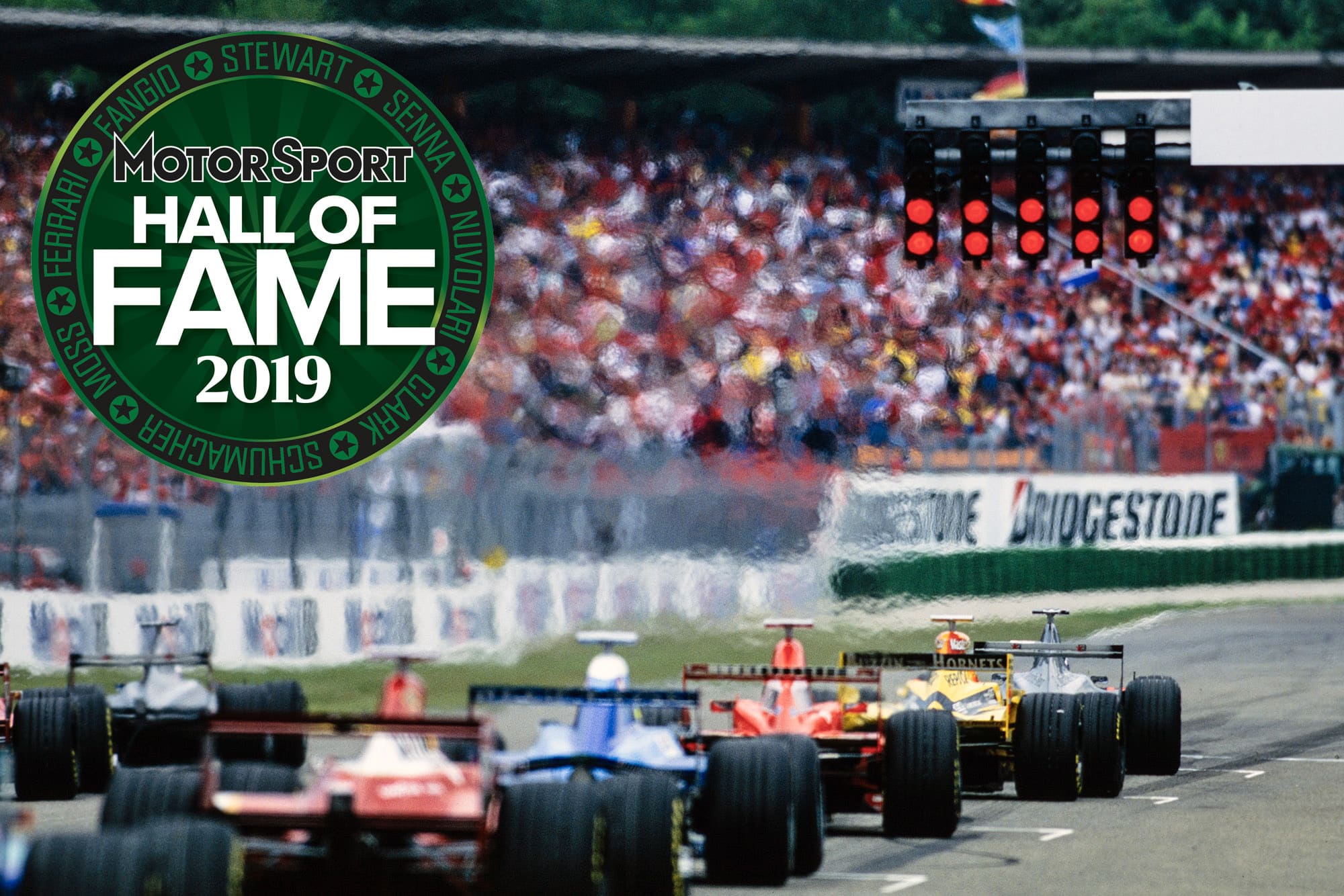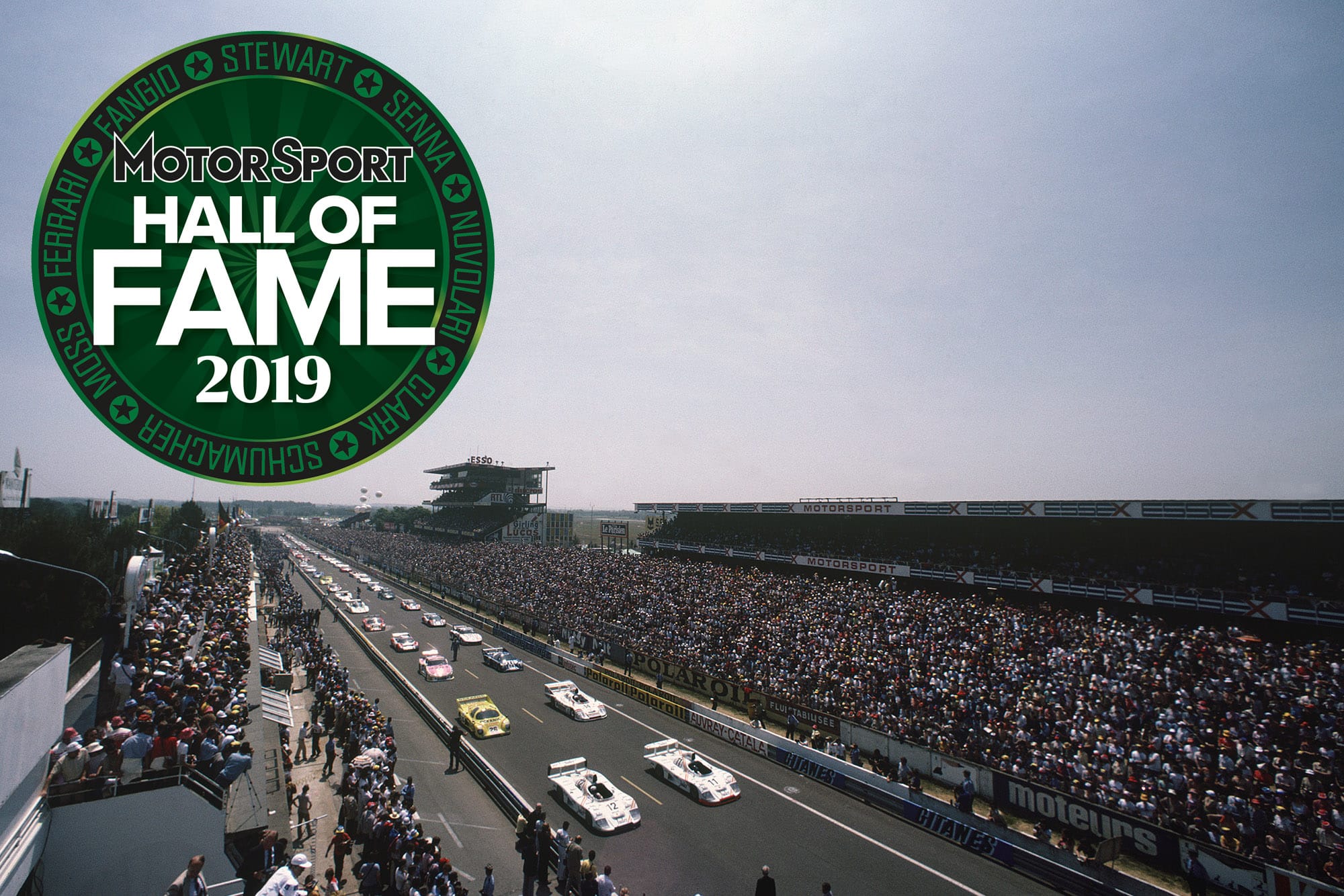Inspiration Award - 2019 Motor Sport Hall of Fame nominees
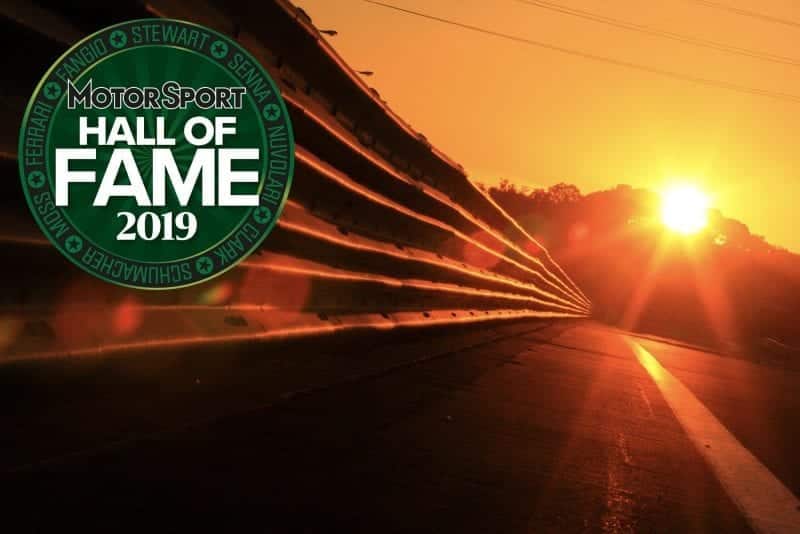

2019 Motor Sport Hall of Fame Inspiration Award nominees: vote now
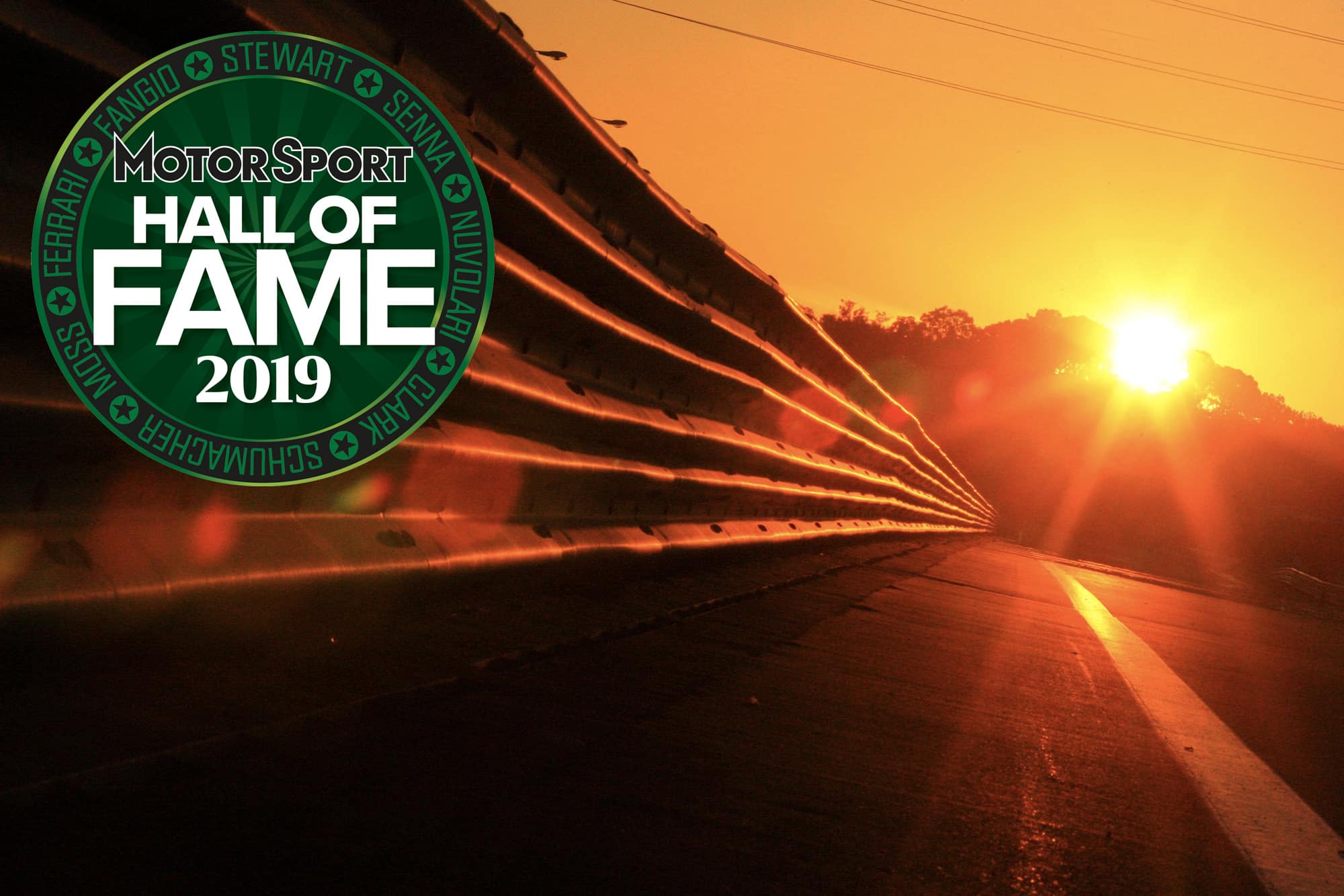
Photo: Motorsport Images
The Inspiration Award celebrates the figures, teams and cars whose achievements have come to the forefront in 2019 and this year’s winner will go into the Hall of Fame.
Each nominee represents the outstanding commitment and dedication required to succeed in motor sport, whether it’s behind a wheel, at a workshop or in the boardroom.
This year, Bentley’s centenary cast fresh light on the exploits of Sir Henry ‘Tim’ Birkin and his Blower Bentley, while next month’s Le Mans ’66 film promises to bring Ken Miles the recognition that he deserves.
The shortlist covers racing from the 1930s to 2019; scroll down for more information on each contender or click on a name to jump to their details. You can vote in the Inspiration, F1 and Sports Car Hall of Fame categories by pressing the button below.
All voters are entered into a prize draw for a Stirling Moss print.
F1 nominees: 2019 Motor Sport Hall of Fame
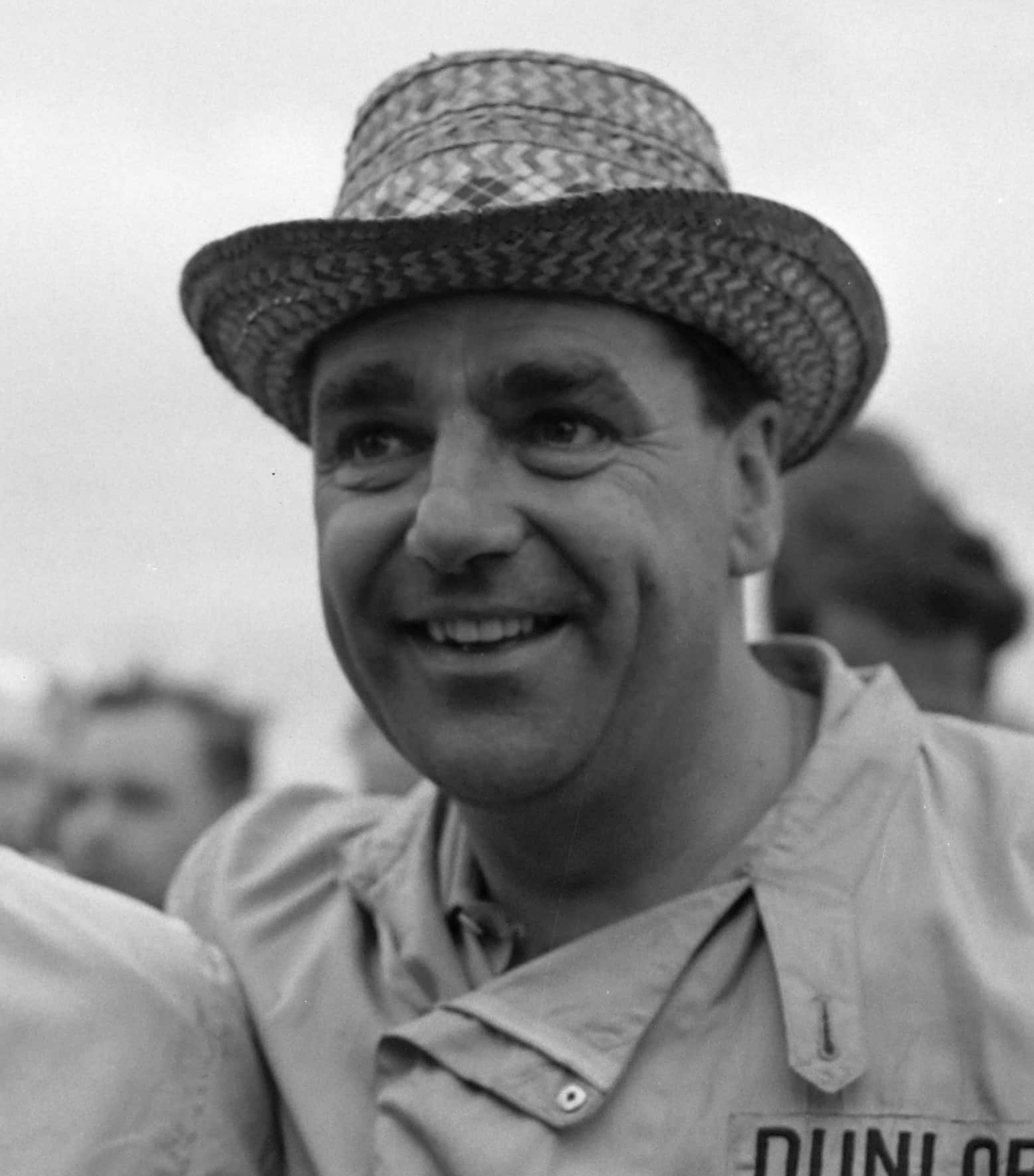
John Cooper
- 2 F1 constructors’ titles
(1959, 1960) - Rear engine pioneer
- Mini Cooper has 3 Monte Carlo Rally wins
The co-founder, with father Charles, of a volume racing car manufacturer whose Formula 1 world championship statistics (11 pole positions, 16 victories, twice champion constructor) somewhat underplay the marque’s significance. Cooper always insisted that a decision to place the engine behind the driver in the firm’s chain-drive, motorcycle-powered post-war F3 racers was a simple matter of pragmatism, but eventual adoption of the same principle for its F1 cars changed the face of motor sport.
Stirling Moss (Cooper T43, Argentina 1958) scored the first championship GP victory for a mid-engined chassis and Jack Brabham (T51, T53) became champion in each of the following two seasons. The factory team went into decline as the 1960s advanced and – after a final hurrah in South Africa ’67, when Pedro Rodríguez and Jochen Rindt scored an unlikely 1-2 – the name had soon all but disappeared from F1. An indelible imprint had, though, been left. John Cooper cannot be blamed for the way modern F1 cars look, with their countless turning vanes and aerodynamic conceits, but he can be credited with the way they are configured.
What really made Cooper a household name is his recognition of the competitive potential of the Mini, which is celebrating its 60th anniversary this year, and thus he played an influential role in cars that won both the Monaco GP and the Monte Carlo Rally…
More from the Motor Sport Archive
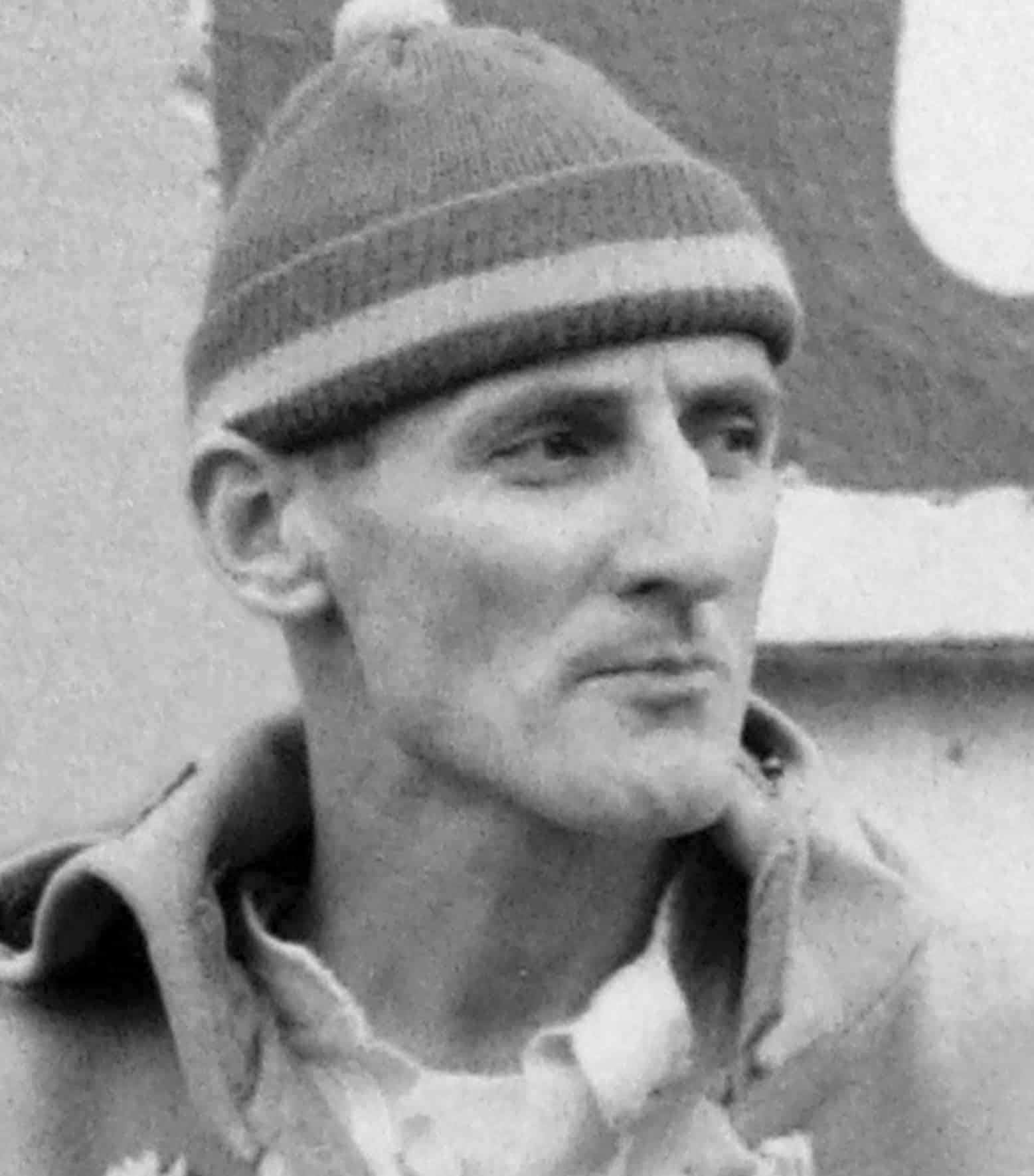
Ken Miles
- Developed Ford GT40 with Carroll Shelby
- 1966 winner of Daytona 24 Hours and Sebring 12 Hours
- 2nd in controversial Le Mans ’66 finish
A naturalised American he might have been, but at his core Miles was neat Sutton Coldfield. Having commenced his career on two wheels, he switched to four when racing resumed in Britain after the Second World War and he packed his competitive streak when he subsequently emigrated to the United States. He forged an enviable reputation as both driver and engineer while competing in Sports Car Club of America-sanctioned events during the 1950s, particularly at the wheel of his own MG-based specials, and was later recruited by Carroll Shelby to assist with development of his successful AC Cobra and, subsequently, Ford GT40. The story is now told in the new Le Mans ’66 film.
In 1966, Miles won the inaugural Daytona 24 Hours and also the Sebring 12 Hours, sharing a Shelby GT40 MkII with Lloyd Ruby in both instances. In June he and Denny Hulme looked set to win Le Mans for Shelby and Ford, until a staged finish – for the sake of a Ford publicity photo – led to them slipping behind the sister car of Bruce McLaren/Chris Amon. Thus was Miles denied the feat of winning racing’s three major enduros during the course of the same season.
Two months later, Miles crashed fatally at Riverside while testing Ford’s ‘J-car’, the GT40 MkII’s proposed successor. The sport had lost a distinguished competitor whose achievements are all too often overlooked.
More from the Motor Sport Archive
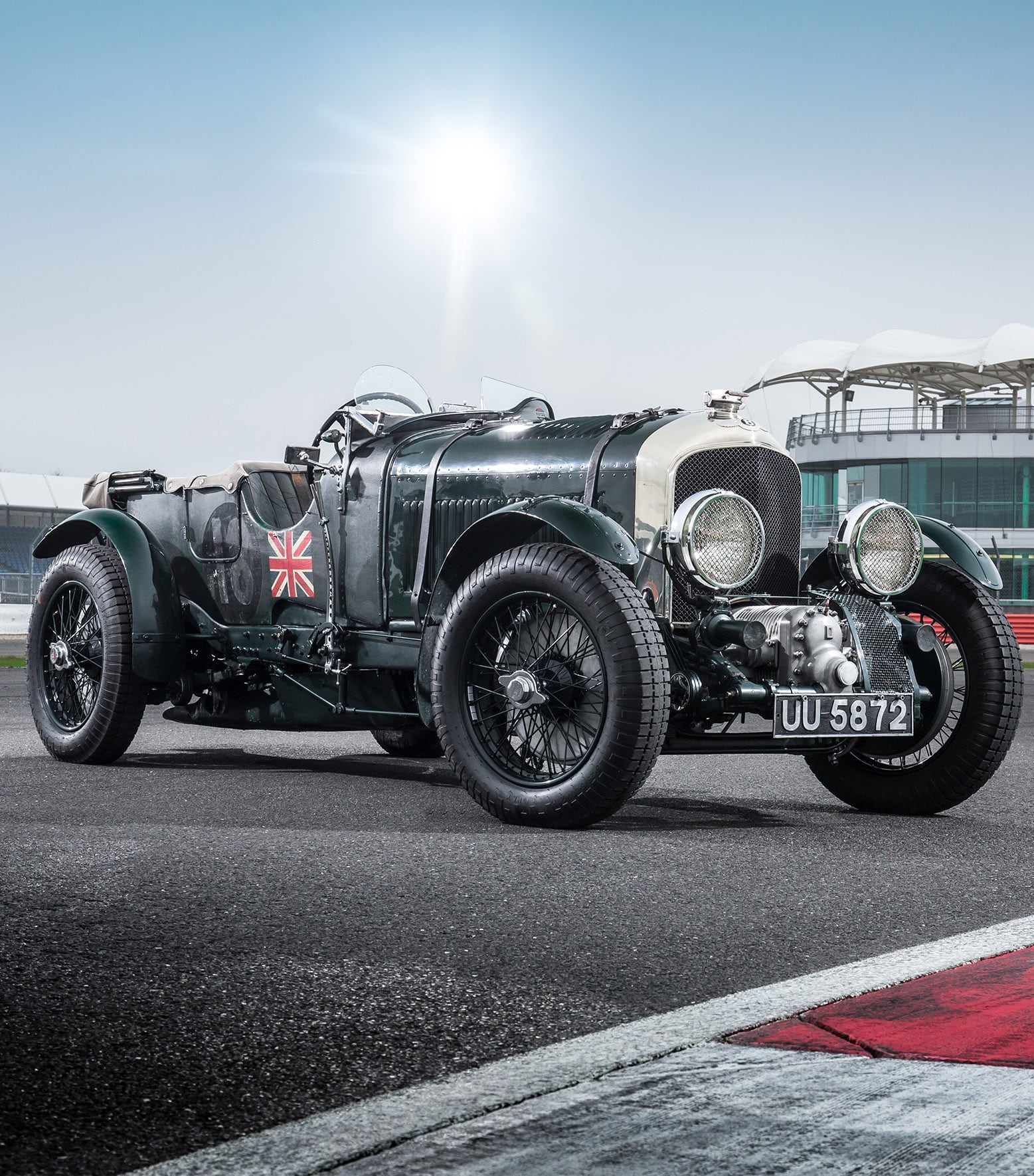
Blower Bentley
Sports car career
- Led the 1930 Le Mans 24 Hours
- Set lap records at Le Mans and the Brooklands outer circuit
The Blower is discussed today in revered tones – and Bentley recently announced that it would be building 12 ‘continuation’ versions of its supercharged, 4½-litre leviathan. In the words of the company, which is celebrating its centenary year, “To create the new cars, Bentley will use a mix of cutting-edge technology and old-school craftsmanship”. It will disassemble its own 4½-litre Blower and will 3D scan each piece. It will also use some original moulds, jigs and hand tools from the 1920s to manufacture new components. The 12 buyers will need to be patient because Bentley will need an estimated two years to produce the cars.
Patience was certainly the watchword first time around, because WO Bentley believed increased displacement was a better route to power than forced induction and initially refused to produce such a model. Bentley Boy Sir Henry ‘Tim’ Birkin thus set up his own factory, in Welwyn Garden City, to develop the car he wanted – and, having built five Blowers, then persuaded WO to manufacture a further batch of 50 to render the car eligible for Le Mans. Two took the start in 1930 and proved quick, but reliability was not the car’s long suit and both retired, leaving victory to the tamer Speed Six of Woolf Barnato and Glen Kidston. But people love the Blower for its sound, presence and the pioneering age it represents.
More from the Motor Sport Archive
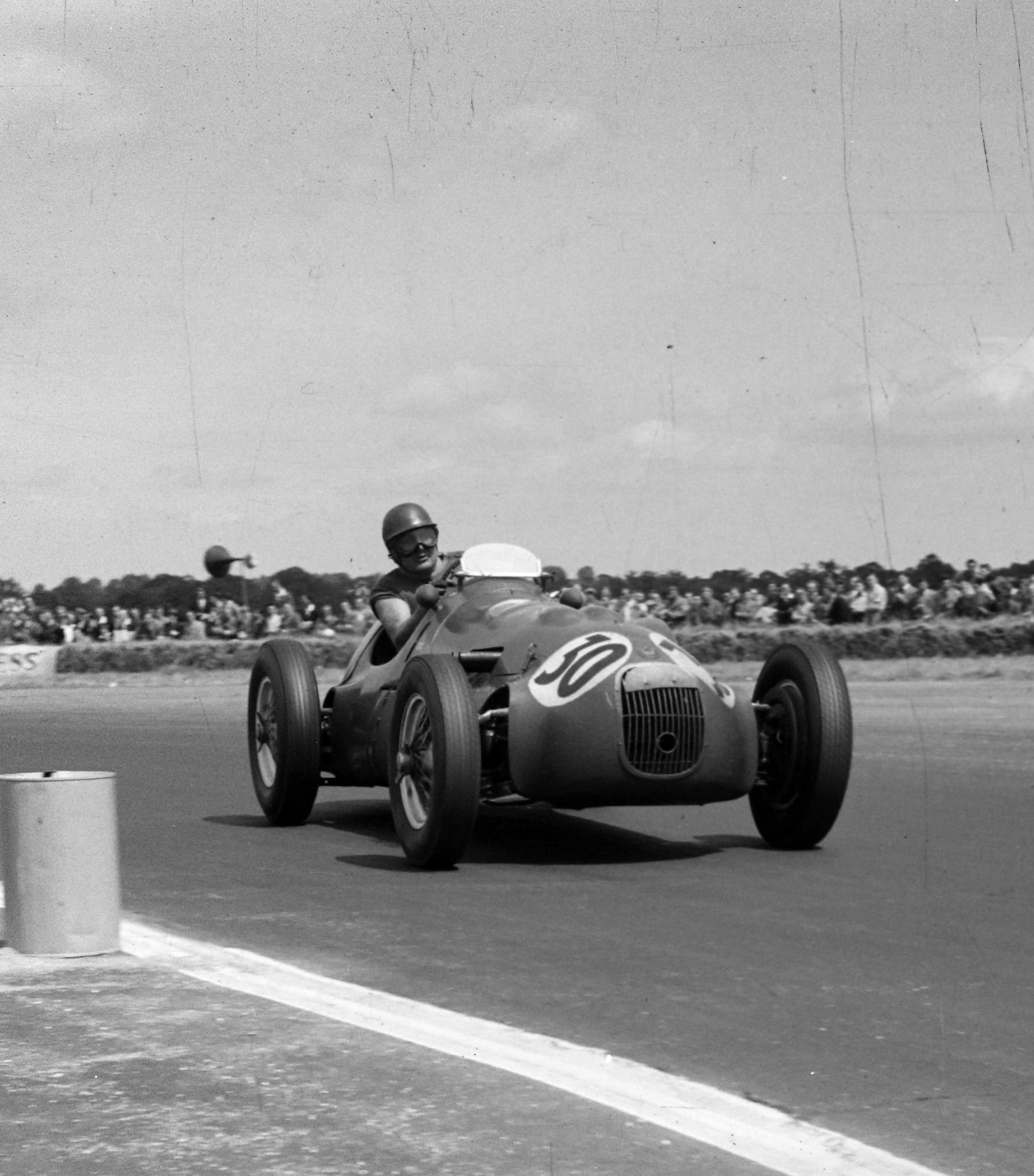
HWM
Sports car career
- Independent that punched above its weight
- Sports car, F1 and F2 entries
- Drivers included Stirling Moss and Peter Collins
Hersham and Walton Motors: it sounds like a suburban garage business, largely because that’s precisely what it is, but don’t be misled by that prosaic truth. Run by racers John Heath and George Abecassis, the company branched out in the 1940s by building its own sports-racing cars and. Later, it moved into Formula 2 single-seaters and 65 years ago, it produced its first Formula 1 car.
Notable drivers included Peter Collins (who took his HWM-Alta to sixth place in the French GP of 1952, when the world championship was run to F2 regulations) and Stirling Moss. Belgian racer-cum-writer Paul Frère scored the marque’s best world championship GP result, fifth at Spa in ’52. The company also punched above its weight in sports car racing, beating better-resourced manufacturers in national-level events and, occasionally, internationals. Motor Sport has a connection with HWM, too.
In 1954, one year before navigating winner Moss on the Mille Miglia, the magazine’s continental correspondent Denis Jenkinson sat alongside Abecassis on the event, although their HWM-Jaguar retired with shock absorber failure. HWM’s competitive zest dwindled following Heath’s death in an accident on the Mille Miglia in ’56, but it continues to operate as a sports car specialist and remains a symbol of independent ambition from a bygone age.
More from the Motor Sport Archive
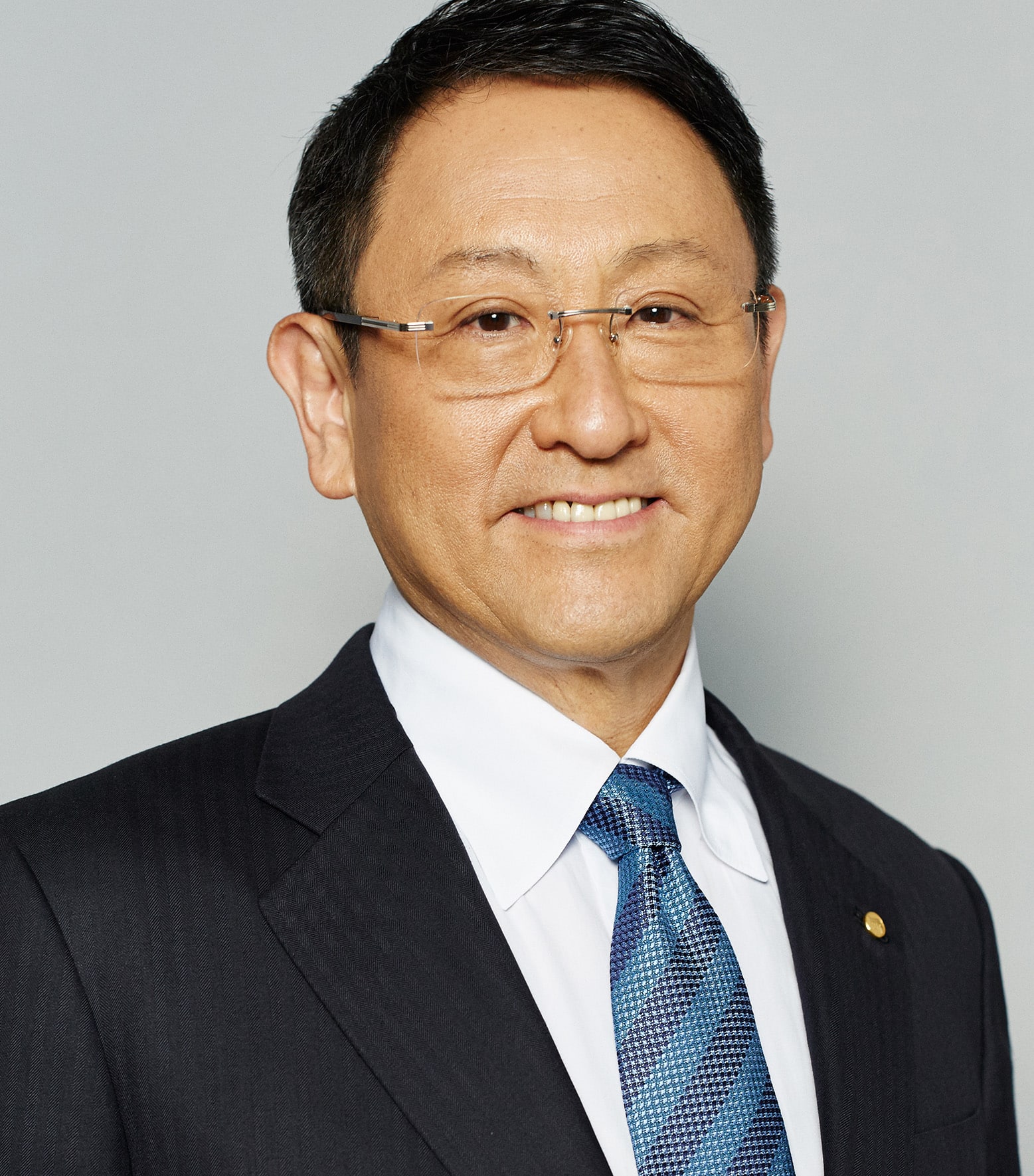
Akio Toyoda
Sports car career
- A decade as Toyota president
- Backed sports car and WEC programme
- Le Mans victories in 2018 and 2019
- Committed to hypercar
Premise: company executives are grey, one-dimensional and interested primarily in the bottom line. Conclusion: not necessarily. It’s hardly Akio Toyoda’s fault that he is the great-grandson of Sakichi Toyoda, founder of the Toyoda Automatic Loomworks and the man credited with inspiring Japan’s industrial revolution, nor that he is the grandson of Kiichiro Toyoda, founder of the car company that (almost) bears the family name. It has long been policy that suitably qualified members of the dynasty occupy senior management positions – and the current president drives the business in more ways than one.
He is a keen racing fan and has participated in the Nürburgring 24 Hours (taking fourth in class in 2009 at the wheel of a Lexus LF-A, when he raced under the pseudonym ‘Morizo’ – the nickname of a green shrub that was mascot for the 2005 World Expo in Aichi, where Toyota is based). Toyoda also wrote a regular blog under that name – and used it to apologise for a series of safety recalls that blighted the firm’s reputation about 10 years ago. Toyoda managed that crisis, restored the firm’s reputation and subsequently oversaw the introduction of Toyota’s GT86, a modern interpretation of an old-fashioned two-plus-two concept that anybody with a soul should aspire to own.
After falling heart-breakingly short of victory at Le Mans in 2016, and witnessing a series of problems that put it out of contention in 2017, Toyoda stuck with the programme and returned to take victory in 2018 and 2019, sticking with the World Endurance Championship during its current transition year, and committing to producing a hypercar for next season’s new regulations.
More from the Motor Sport Archive
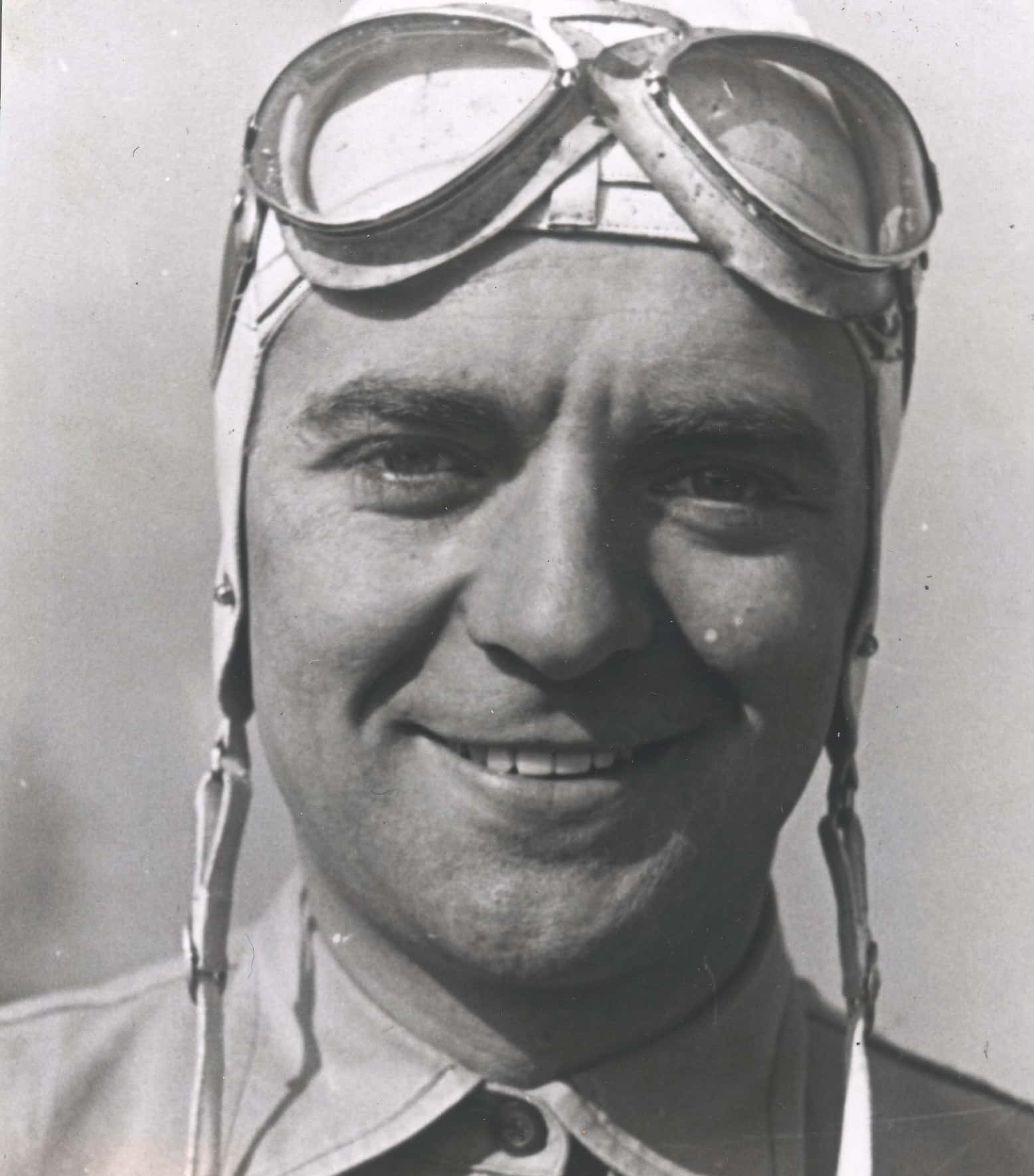
Bernd Rosemeyer
Sports car career
- Competed on two and four wheels
- 1936 European champion (3 race wins)
- Nürburgring Eifelrennen winner (1936, 1937)
One wonders what the FIA’s licensing committee might make today of young Rosemeyer’s career trajectory. Bernd — born 110 years ago — began his competition career on two wheels and had not raced on four prior to being invited to test for Auto Union during the winter of 1934/35. In his maiden race outing for the team, at AVUS, he ran second before retiring with a blown tyre. In his next, around the Nürburgring Nordschleife, he led for a time before finishing second to Mercedes linchpin Rudolf Caracciola.
With their V16 engines slung out at the rear, Auto Union’s period grand prix cars were known to be difficult – even the proven genuis of Tazio Nuvolari found them so – but Rosemeyer came in with nothing to ‘unlearn’. He simply got in and got on. In 1936, his first full season, he won three of the four qualifying grands prix to be crowned European champion.
Among his other conquests that summer, he dominated the Nürburgring Eifelrennen – a race that became enveloped in dense fog, a detail that didn’t slow him one jot. Over the final laps, his lead increased from about 15sec to more than two minutes. He scored another clutch of major race victories in ’37, but in January 1938 he was seeking to reclaim a speed record from Caracciola and Mercedes when his AU streamliner somersaulted from the road at about 280mph. His light had shone only briefly, but few have ever done so quite as brightly.
